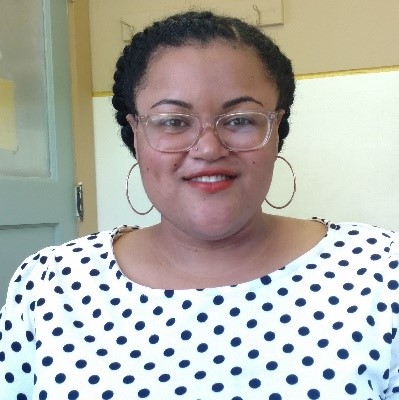Social scientist explores the human dimension aspect of fisheries
February 17, 2021

The world of fisheries science is not just limited to the research of various ocean species; however, there is also a human dimensions component to the field as well. That is where NOAA EPP LMRCSC Ph.D. candidate, Brittany King, steps in. The Oregon State University student’s NERTO research project explores the ecological and, often overlooked, social components of salmon habitat restoration in the Puget Sound. King’s primary research goal is to highlight how the salmon restoration habitat affects communities in the Pacific Northwest.
It has long been understood that racial and socioeconomic backgrounds can have an impact on one’s quality of life. Many studies have shown that individuals from communities of color, or those who suffer from financial instability, can have limited access to resources. Unfortunately, when it comes to fisheries restoration, there is no exception.
King’s NERTO research was inspired by a 2018 Biological Conservation journal article, (written by Stanford et al.), that examined how biophysical and sociopolitical factors affected where stream restoration occurred in California. The article’s findings suggest that stream restoration efforts tend to be highest in areas with high population density, pro-environmental voting, and highly educated, wealthy, non-Hispanic white populations.
“Upon discussing this paper with my mentor, Robby Fonner of the NOAA Northwest Fisheries Science Center, we decided that we wanted to explore if there were similar trends happening in the Pacific Northwest – specifically with salmon habitat restorations,” stated King. “Understanding whether restoration effort tends to flow towards certain types of communities, could inform future effort allocations in the Pacific Northwest and raise awareness about potential equity and environmental justice issues.”
King’s research focuses on exploring how regional distribution of completed salmon habitat restoration projects correlate with biological, physical and human community characteristics. She also is looking into how the cost of completed salmon habitat restoration projects correlate with biological, physical and human community characteristics and if similar correlations between social factors and stream restoration efforts found in California exist in Pacific Northwest salmon recovery context.
“I decided to focus my work on the Puget Sound region in Washington State,” stated King. “I’m looking at over 1500 restoration projects that took place between the years 2000 and 2015. Some of the social variables that I am focusing on include, population density, education levels of the population, poverty levels and race.
King’s interest in the human dimension aspect of fisheries started long before her current research project.
The social scientist has held various positions where she worked on environmental issues impacting communities of color, in addition to focusing on other racial injustices.
As she continues to conduct her research, King is hoping that her work and career will bring awareness to the intersection of social injustice and the environment.
“I want to allow an opportunity for people to speak on their experiences,” stated King. “I want to shed light on people’s experiences with the hopes that environmental organizations like NOAA will listen.”

